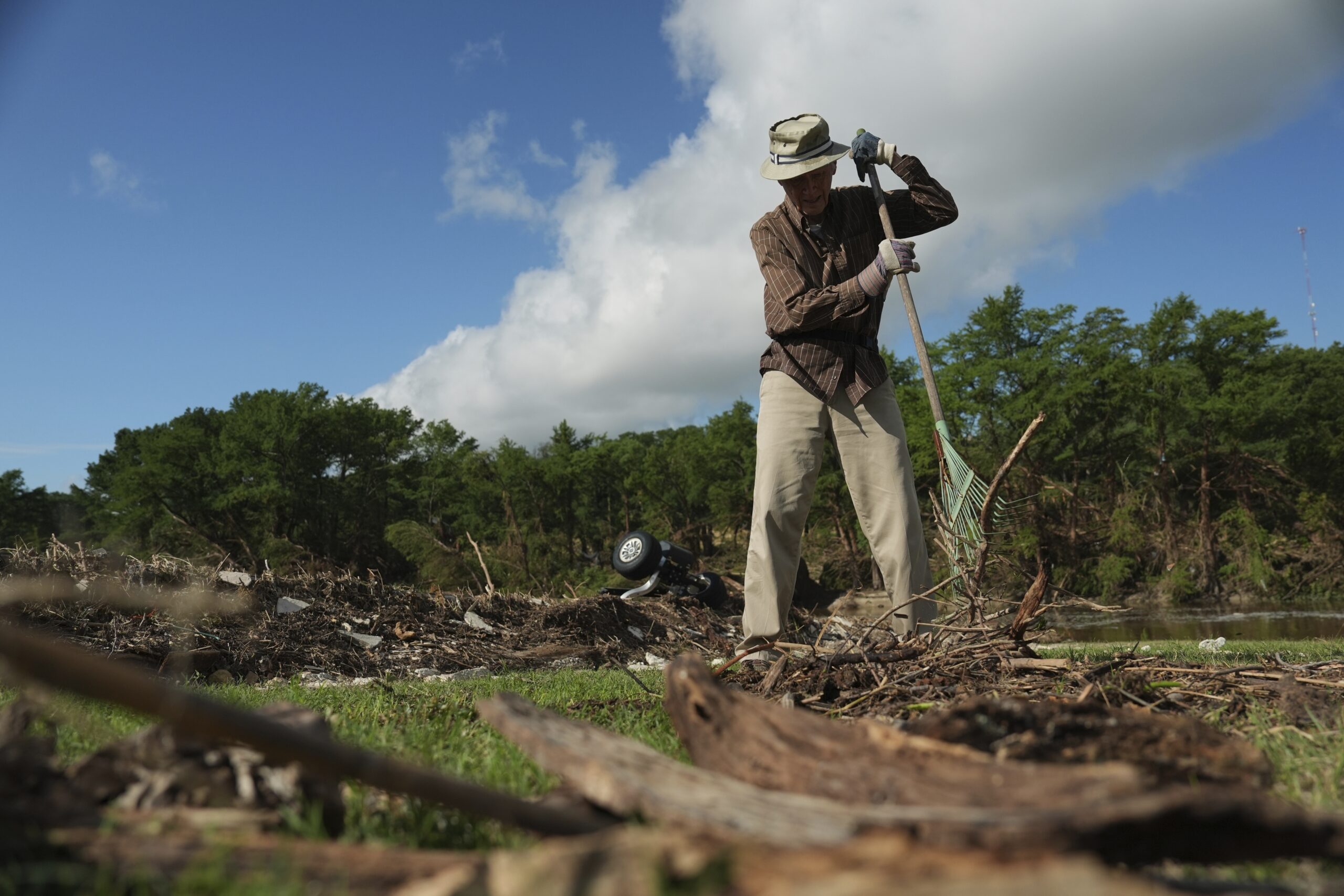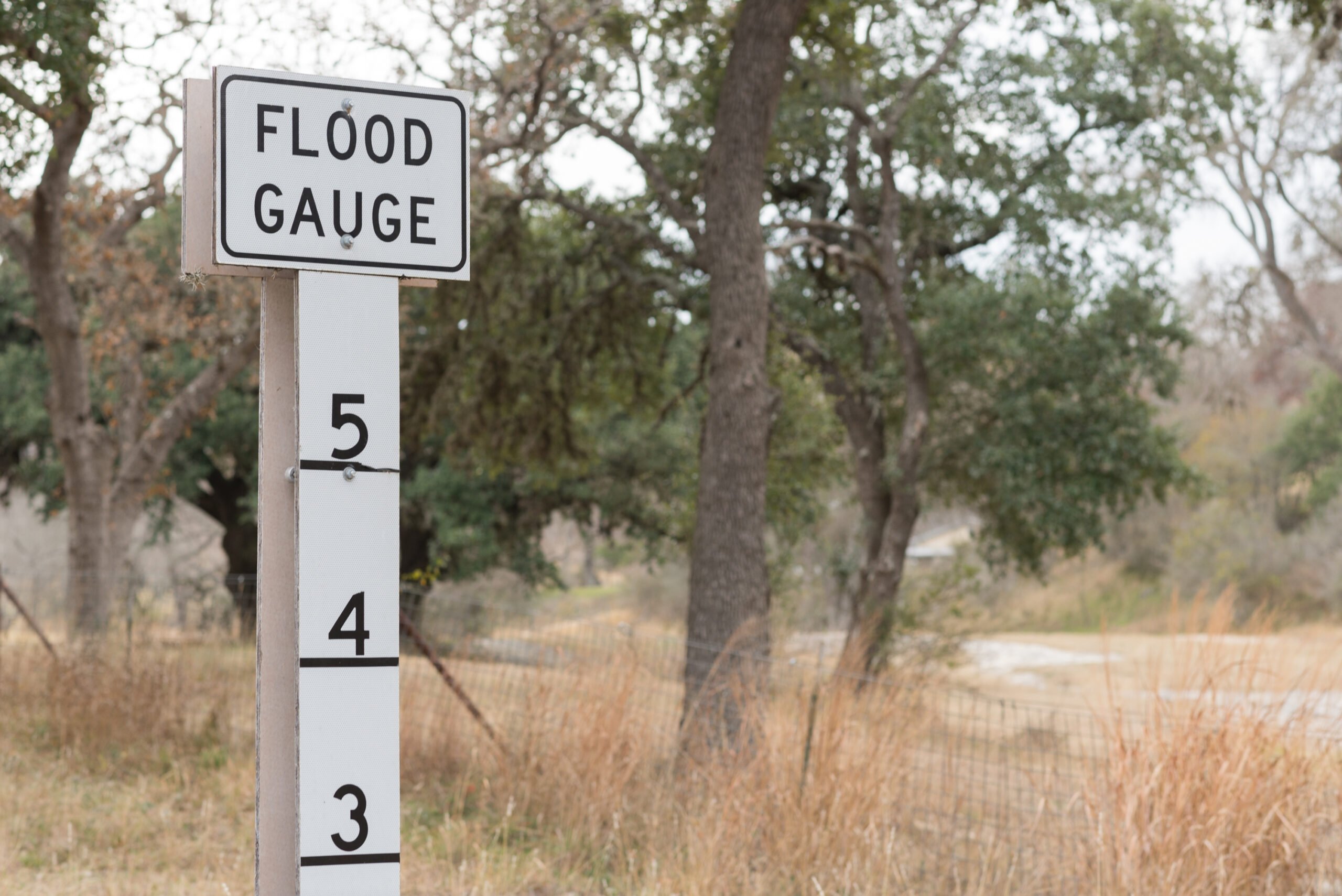ustxtxb_obs_1999_10_15_50_00018-00000_000.pdf
Page 8
“Balkans,” from page 12 political problems. And violence, of course, calls for retaliation by the victims or their survivors. 4. Compounding this is the fact that the Serbo-Croatian term for compromise is a dirty word implying cowardice and disloyalty. THE BALKANS TODAY Josip Broz, Marshall Tito, provided Yugoslavia Slovenia, Croa tia, Bosnia and Herzegovina, Montenegro, Serbia, and Macedonia with a unity, a sense of purpose and fulfillment, and a freedom from violence that the region had never known before and hasn’t since. From 1945 until his death in 1980, Tito ruled with commu nist ruthlessness tempered by increased freedom for both individu als and the six constituent republics. But like other communist leaders, Tito failed the test of providing for a succession. Our English verb “to balkanize” means “to divide into small, quarrelsome, ineffective groups,” with good reason. The multiple presidency established by Tito soon fell prey to the perennial Balkan problem of local leaders waving the bloody shirt manipulating ethnic, religious, and linguistic differences, playing upon fear, hatred, and ambition. The worst of these local leaders is Slobodan Milosevich, a former Communist Party functionary who became president of Serbia. Soon thereafter, he began telling the Serbs to “get over your inferiority complex” and to take their rightful place as leaders of the Balkans. According to The New York Times, he “tapped a deep vein of rage among Serbs who for decades had resented the influence of the other ethnic groups in Tito’s Yugoslavia.” In 1989, Milosevich revoked the autonomous status of the Serbian provinces of Vojvodina and Kosovo and, by threatening force, became the dominant figure in Montenegro. He thus controlled four of the eight presidencies of Yugoslavia bequeathed by Tito. The Serbs, the most numerous and perhaps the most ambitious of the South Slays, are viewed with fear and distrust by their neighbors. When Milosevich made his power grab, the other republics reacted by leaving the Yugoslavian federation. Slovenia, small and homogeneous, announced first, followed by Croatia. NATO officials tried to dissuade Croatia much larger and with a substantial Serbian minority population arguing that if Croatia left, a domino effect would result in the disappearance of Yugoslavia and greatly increased regional instability. The Croats were unmoved, however, and both Slovenia and Croatia announced their independence in June 1991, followed by Bosnia and Herzegovina the following spring and Macedonia shortly thereafter. All that was left of Yugoslavia was a large, predatory Serbia and a small, apprehensive Montenegro. Once again, Yugoslavia was balkanized. Milosevich, having provided arms for Croatian Serbs in 1990, responded to Croatian independence by putting Yugoslavian \(SerAnother Balkan civil war erupted, characterized by pillage, rape, genocide, and ethnic displacement. In the end, Franjo Tudjman Croatia’s answer to Slobodan Milosevich prevailed. Approximately 350,000 Serbs were driven out of the Krajina district of Croatia and thousands more killed. Serbian sources reported one instance of 800 Serbian women and children being murdered by Croatian forces, and Serbian men forced to bury them. 18 THE TEXAS OBSERVER Ben Sargent The war in Croatia received relatively little attention in the western press, but comparable events occurring at .the same time in Bosnia and Herzegovina were given intensive coverage. Here, the circumstances were even more complex. The South Slav Muslims, who controlled the government, comprised 35 percent of the population. Croat and Serb minorities, at 33 percent and 31 percent, were almost as large. This civil war, which lasted from 1992 to 1995, had three combatants. Milosevich put Serbian troops in Bosnia and armed the Bosnian Serbs; Tudjman armed the Bosnian Croats; and the mostly Muslim Bosnian army, fighting a two-front war, found itself outmanned and outgunned. Result: perhaps 200,000 Muslims were uprooted and thousands were killed, some in combat, many as victims of genocide most notably in the massacre by Serbs at Srbrenica. The Bosnian government invited the United Nations to intervene. It did so belatedly, after most of the damage had been done. The United States and other nations flew bombing missions largely against Serbian army targets, and sanctions were invoked against Serbia. The three combatants finally agreed to a cease fire that many believe was brought about by a threat to bomb Serbia. Bosnia was divided into several dozen Serbian, Croatian, and Muslim enclaves, and the U.N. peacekeeping force, supposedly activated for one year, is still in place. The three groups are physically separated, and hostilities have ceased. No mean feat in the Balkans. TRAGEDY IN KOSOVO The conflict in Kosovo in 1999 is different in several important ways. First, the action was taken not by the U.N. but by NATO. The NATO nations did not ask the U.N. Security Council for the legitimizing effect of its endorsement, probably because they realized that with Russia and China on the Council, they were unlikely to receive it. Second, in Bosnia, most of the killing, uprooting, and destruction took place before the U.N. intervened and, mindful of this, the NATO nations were determined to intervene early in Kosovo. They first tried a diplomatic approach through the Rambouillet force. On March 24, 1999, the date of NATO’s intervention, Serbian forces had inflicted only about 2,000 casualties, mostly on the illegal, paramilitary Kosovo Liberation Army. After the NATO in OCTOBER 15, 1999


